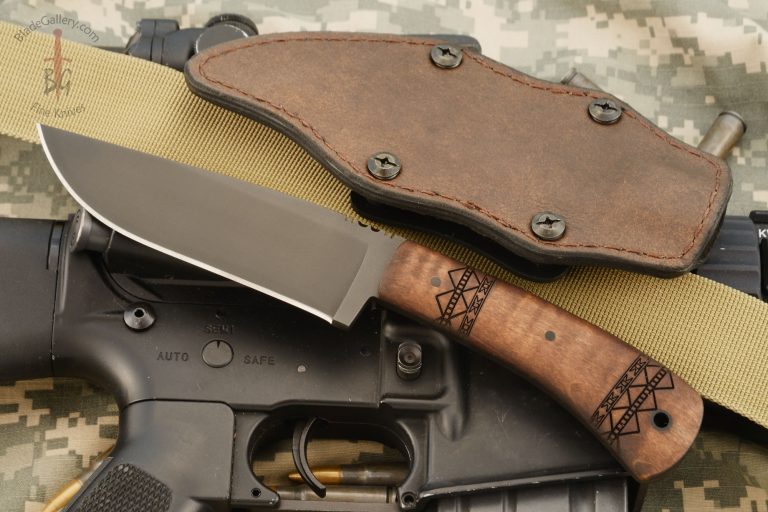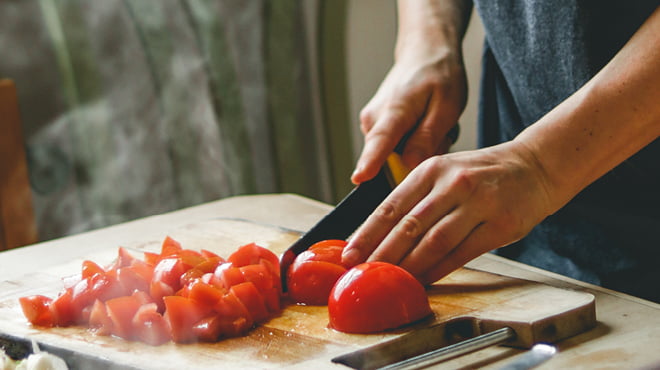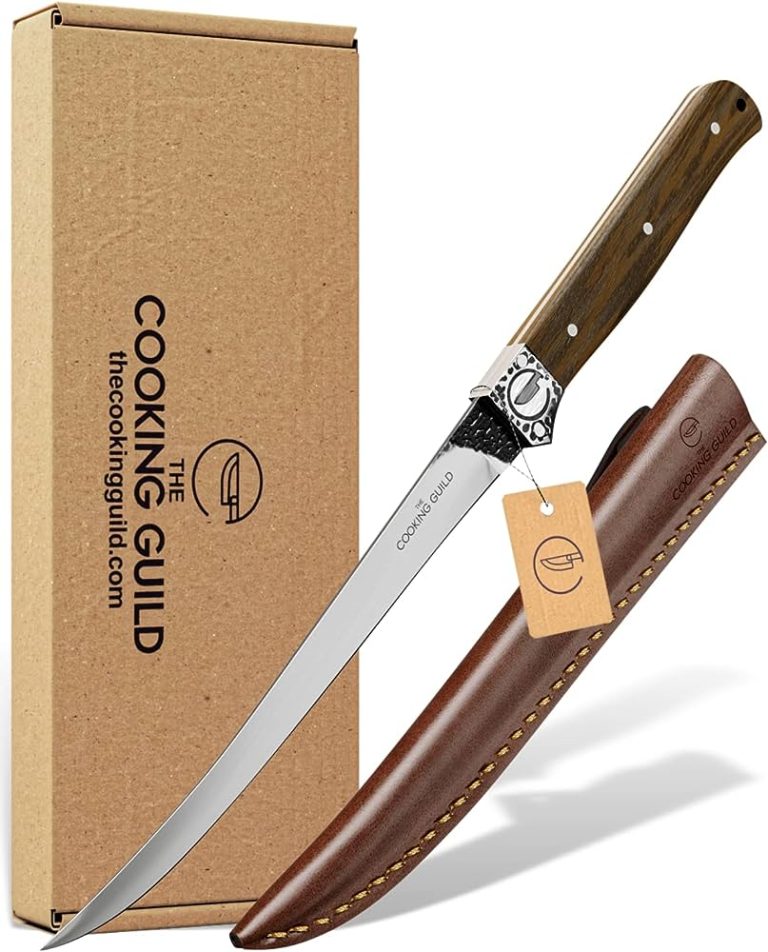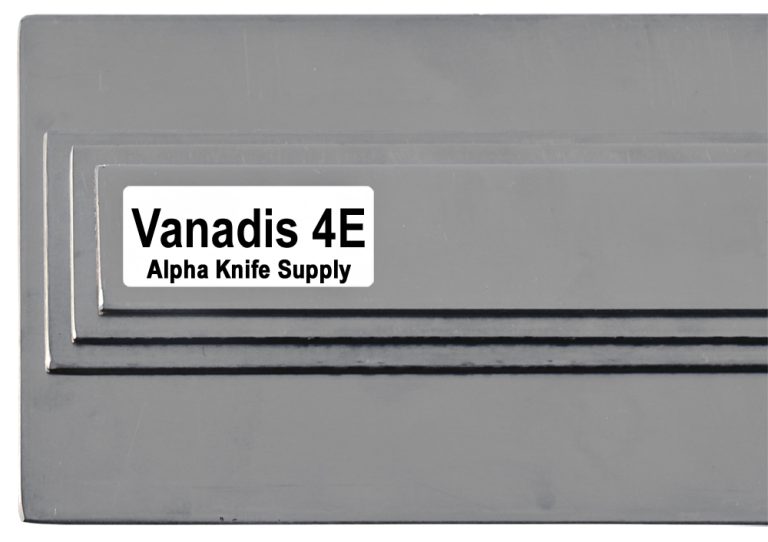Slicing And Dicing: Techniques With Different Knife Types
Slicing and dicing techniques can be achieved using different types of knives. We will explore how to effectively slice and dice various ingredients using the appropriate knife.
Whether you are a professional chef or a home cook, knowing which knife to use for different tasks can greatly improve your culinary skills. By mastering these techniques, you can enhance the presentation and texture of your dishes, as well as save time in the kitchen.
So, let’s dive in and discover the best knife types for slicing and dicing.
Different Types Of Knives
A chef’s knife is a versatile tool for slicing, dicing, and chopping. It has a broad, curved blade and is excellent for various kitchen tasks. The santoku knife originated in Japan and is known for its precision. With a straight-edged blade and a slightly shorter length, it is ideal for precise slicing, dicing, and mincing. Paring knives, on the other hand, are smaller with a narrow blade and pointed tip, making them perfect for intricate tasks like peeling, trimming, and removing seeds.
Techniques For Slicing
Techniques for slicing are essential for any cook, and understanding the different knife types can greatly enhance your culinary skills. One technique is crosscutting, which involves cutting perpendicular to the fibers of the food. This is commonly used for slicing bread, tomatoes, and meats. Another technique is rock chopping, where the knife is rocked back and forth to quickly chop herbs and vegetables. Lastly, there’s julienne slicing, which creates thin, matchstick-like strips. This technique is commonly used for vegetables like carrots, cucumbers, and bell peppers. Each slicing technique requires a different knife type, such as a serrated knife for crosscutting, a chef’s knife for rock chopping, and a julienne knife or mandoline for julienne slicing. Mastering these techniques with the right knife type will not only improve your precision but also streamline your cooking process.
Techniques For Dicing
The art of dicing requires a fine balance of technique and precision. One popular technique is the smooth rocking motion, achieved by using a chef’s knife and maintaining a consistent rhythm. This method is ideal for slicing through vegetables with ease. Another technique is square dicing, where the food is cut into uniform cubes. This technique is commonly used for ingredients like onions and potatoes, allowing for even cooking and presentation. Finally, there is brunoise dicing, which involves finely mincing ingredients into tiny cubes. This technique is perfect for adding a burst of flavor to dishes. Mastering these techniques will elevate your culinary skills and ensure your dishes are perfectly sliced and diced.
Techniques For Chopping
When it comes to chopping techniques, there are various ways to achieve the desired results. One such technique is chiffonade chopping, which involves finely slicing herbs or leafy greens into thin strips. This method is commonly used for garnishes or adding flavor to dishes.
Another technique is the rolling chop, which involves rocking the knife back and forth while applying downward pressure. This method is ideal for chopping vegetables, herbs, or nuts into small, uniform pieces.
For a finer texture, the mincing technique is preferred. This involves finely chopping ingredients into very small pieces. Mincing is commonly used for garlic, onions, or ginger, as it releases more flavor and ensures even distribution throughout the dish.
Remember, using the right knife type for each technique is crucial. A chef’s knife or a santoku knife is versatile and suitable for most chopping techniques. Always make sure your knives are sharp for precise and efficient cutting.
| Technique | Knife Type |
|---|---|
| Chiffonade Chopping | Chef’s knife |
| Rolling Chop | Santoku knife |
| Mincing Technique | Chef’s knife |
Techniques For Carving
Carving is an essential skill for any home cook or professional chef. With the right knife and technique, you can achieve beautifully sliced meats, poultry, fruits, and vegetables. When it comes to carving roast meats, it’s crucial to let the meat rest for a few minutes after cooking to retain its juices. Using a sharp carving knife, make long, thin slices across the meat grain for maximum tenderness. For carving poultry, start by removing the legs and wings before slicing the breast meat against the grain. This helps to maintain moist and flavorful poultry. When it comes to fruits and vegetables, a paring knife or a serrated knife is ideal. Make precise, clean cuts to enhance presentation and minimize waste. Practice these carving techniques to elevate your culinary skills and impress your guests with beautifully sliced dishes.
Credit: www.seriouseats.com
Knife Maintenance And Safety Tips
Proper knife maintenance and safety are essential to ensure the longevity and efficiency of your knives. Honing and sharpening techniques can significantly enhance the performance of your blades. Honing, which is the process of realigning the edge of the knife, should be done regularly to maintain sharpness. Sharpening, on the other hand, helps to remove any dullness or nicks from the blade. Follow these steps carefully to maintain your knives:
- Use a honing steel to realign the edge of the knife.
- Sharpen your knives using a sharpening stone or a professional sharpener.
- Practice proper knife handling techniques to prevent accidents. Always hold the knife with a firm grip and keep your fingers away from the blade.
- After use, clean your knives carefully with warm soapy water and dry them thoroughly to prevent rusting.
- Store your knives in a knife block or on a magnetic strip to protect the blades and prevent injuries.
- Regularly inspect your knives for any signs of damage or wear and replace them if necessary.
Conclusion
Understanding the different types of knives and their specific uses is crucial in the culinary world. Each knife serves a unique purpose and mastering their techniques can elevate your cooking skills to new heights. The chef’s knife is a versatile and essential tool for chopping, slicing, and dicing a wide range of ingredients.
The Santoku knife, with its thinner blade and granton edge, is perfect for precise slicing and dicing of vegetables and boneless meats. The bread knife’s serrated edge makes it ideal for cutting through crusty bread without crushing it. The paring knife is perfect for intricate tasks like peeling, trimming, and precision cutting.
Lastly, the boning knife is essential for removing bones from meat, poultry, and fish. By understanding the techniques and applications for each type of knife, you can enhance your cooking experience and create culinary masterpieces that will impress your family and friends.
So, sharpen your skills and get slicing and dicing with confidence!






